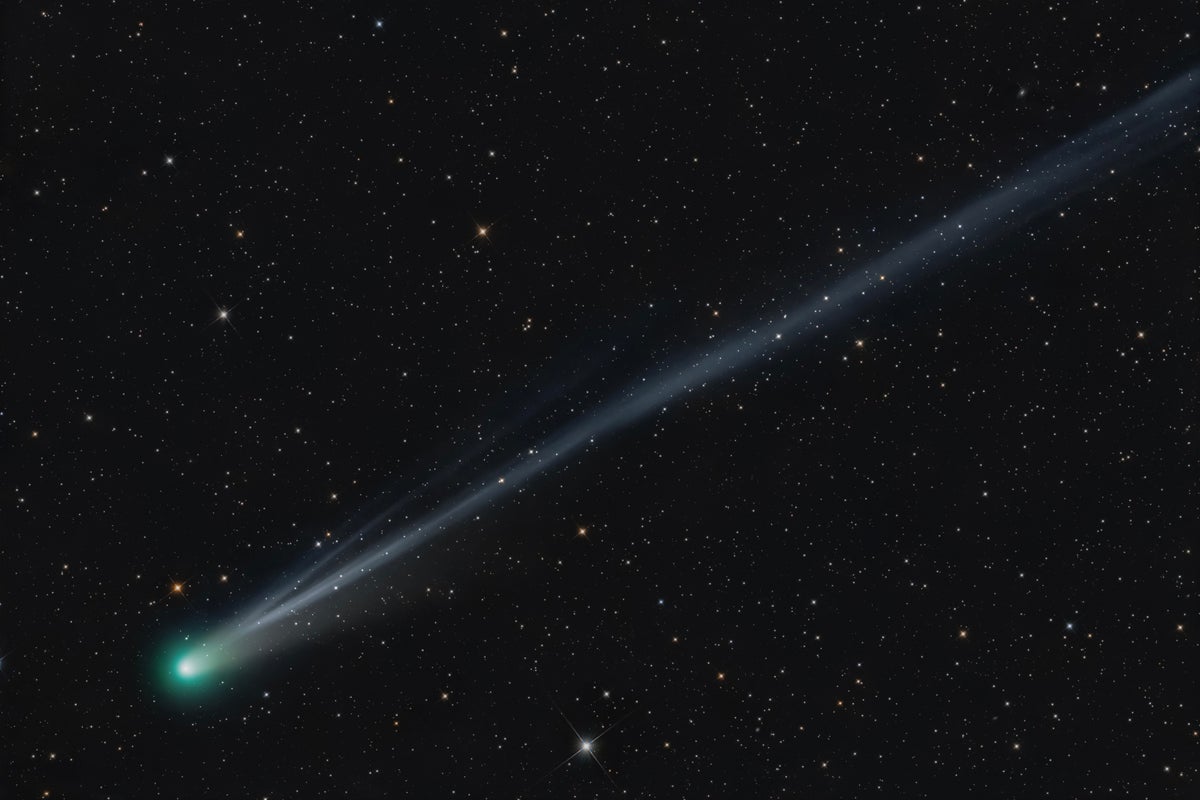
"Astronomers discovered the comet in January as part of the Mount Lemmon Survey in Arizona and calculated that it's on a 1,350-year orbit around the sunso if you miss it this time around, you're out of luck. Comet Lemmon will be closest to Earth on October 21, when it passes within 55 million miles (89 million kilometers) of our planet. Conveniently, this is also the date of the new moon, meaning the sky will lack moonlight, making it easier to spy fainter objects."
"From the city, you probably won't see it with the naked eye, but with binoculars you should be able to pick it up, says Bob King, a contributing editor at Sky & Telescope. From the country, when the moon's not in the sky, you'll be able to see it [with the] naked eye. It's going to be a little fuzzy spot, and the binocular view should be really lovely."
Comet C/2025 A6 (Lemmon) was discovered in January by the Mount Lemmon Survey in Arizona and follows a roughly 1,350-year orbit. The comet currently appears in the western sky after sunset near the Big Dipper and is well placed for viewing as darkness falls. The closest approach to Earth occurs on October 21 at about 55 million miles (89 million kilometers), coinciding with a new moon that will minimize sky brightness. The Orionid meteor shower peaks on the night of October 21, offering possible simultaneous meteors. The comet should be brightest from around October 21 through early November and reaches perihelion on November 8. Observers in cities will likely need binoculars, while observers in dark country skies may see a faint, fuzzy naked-eye object.
Read at www.scientificamerican.com
Unable to calculate read time
Collection
[
|
...
]